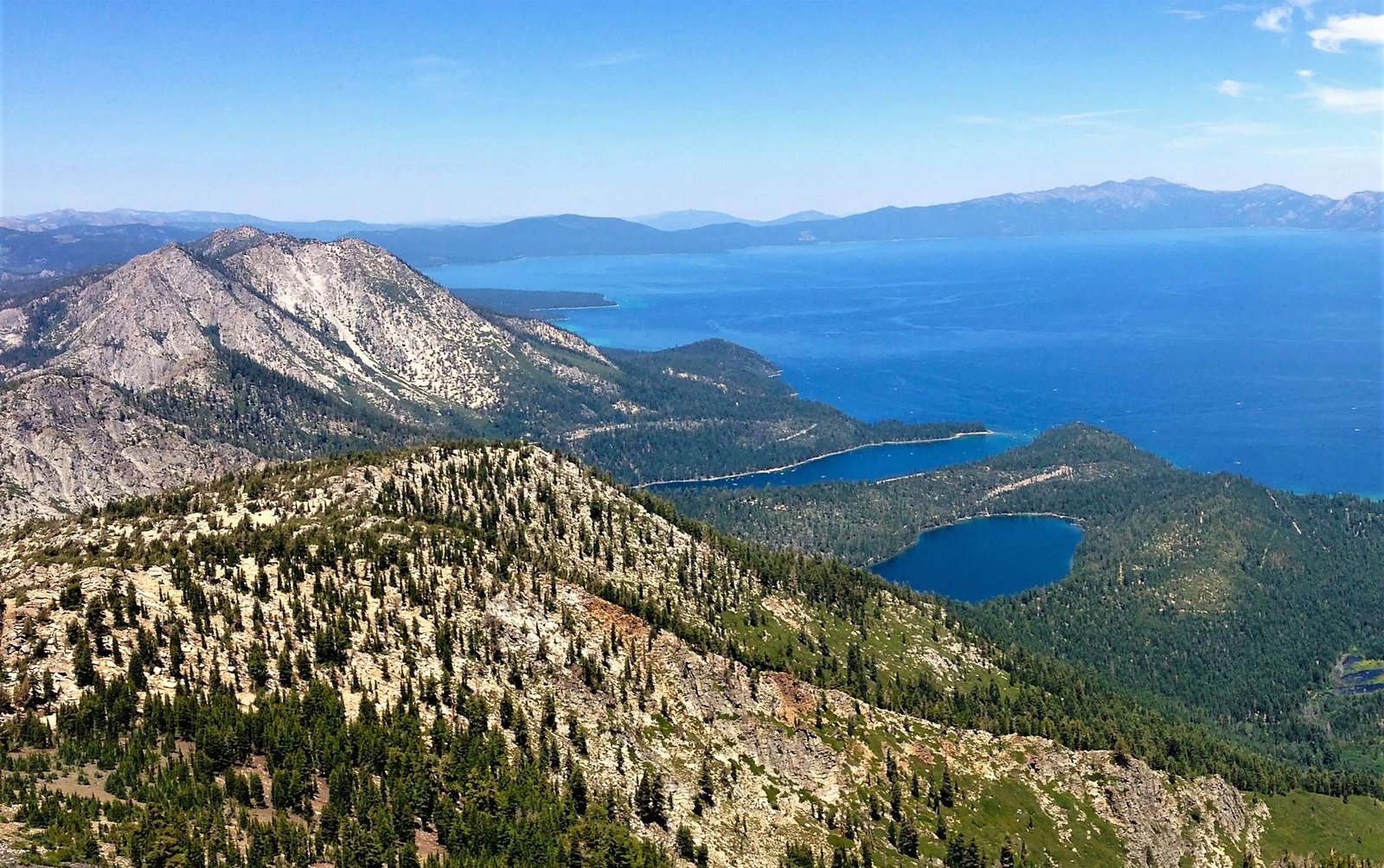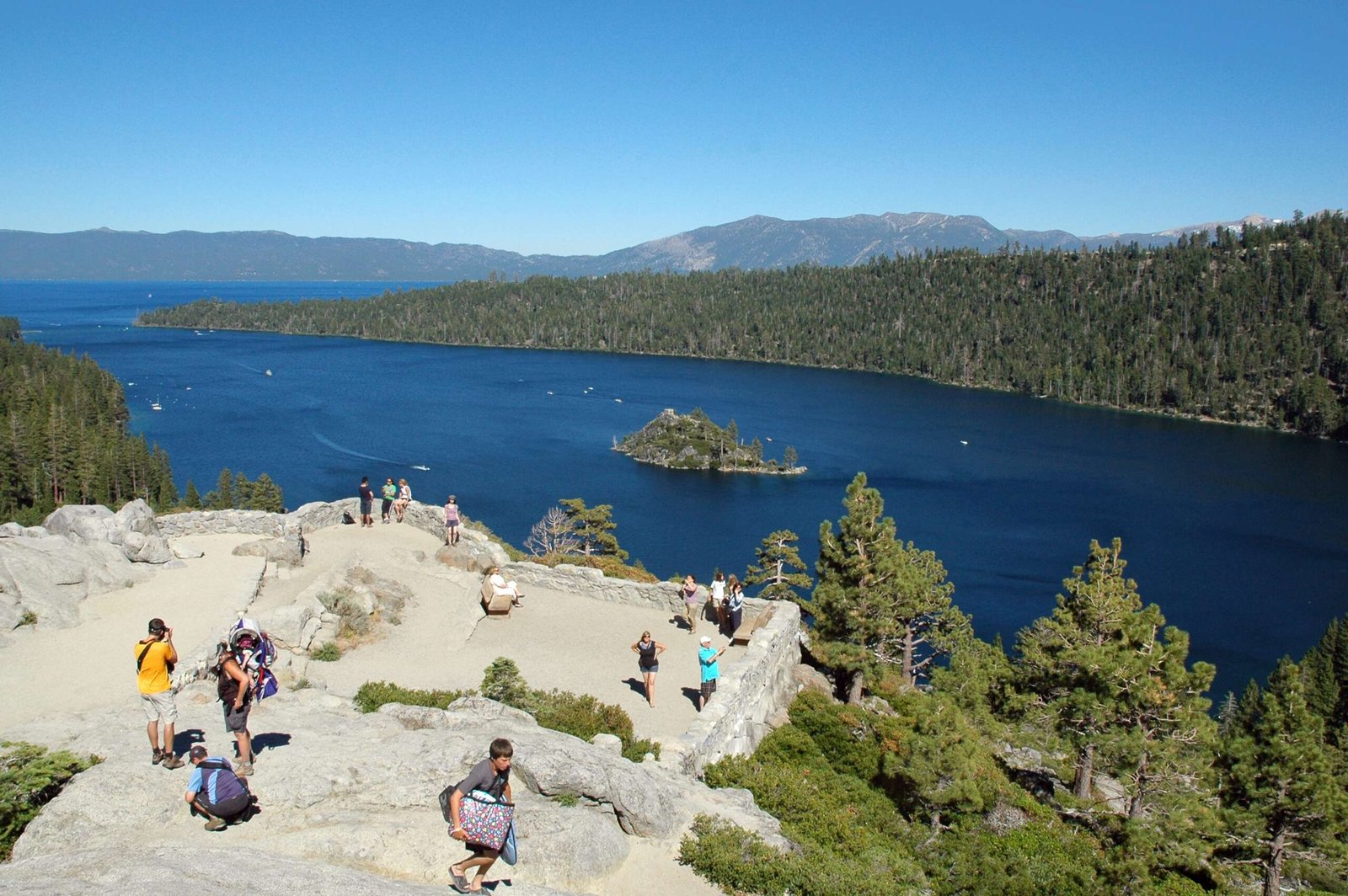The Trans Lake Tahoe Relay represents an extraordinary open water swimming challenge where elite and amateur swimmers collaborate to cross Lake Tahoe’s pristine waters, covering approximately 15.5 kilometers through challenging alpine conditions, testing physical endurance, team strategy, and aquatic skill in one of North America’s most breathtaking natural environments.
What Makes Trans Lake Tahoe Relay Unique?

The Trans Lake Tahoe Relay is not just another swimming event; it’s a testament to human endurance and teamwork. Swimmers navigate the crystal-clear waters of Lake Tahoe, facing unique environmental challenges that make this relay extraordinary.
Who Can Participate in the Trans Lake Tahoe Relay?
| Participant Category | Eligibility Criteria |
|---|---|
| Team Composition | 4-6 swimmers per team |
| Age Requirements | Open to adult swimmers |
| Skill Level | Intermediate to advanced open water swimmers |
| Medical Clearance | Required health certification |
What Physical Challenges Await Swimmers?
Participants must prepare for multiple environmental factors:
- Water Temperature: Ranges between 55-65°F
- Altitude: Approximately 6,225 feet above sea level
- Potential Wind Conditions: Can create challenging water surfaces
- Distance Per Swimmer: Approximately 2-3 kilometers per team member
How Do Teams Strategize for Success?
Successful Trans Lake Tahoe Relay teams develop comprehensive strategies:
- Swimmer Selection
- Balance team members’ strengths
- Consider individual swimming speeds
-
Plan rotation sequences
-
Equipment Preparation
- Wetsuit selection
- Safety gear
-
Nutrition and hydration plans
-
Training Protocols
- Open water swimming practice
- Altitude acclimatization
- Endurance and interval training
What Safety Measures Protect Participants?
Safety remains paramount during the Trans Lake Tahoe Relay:
- Professional medical staff on standby
- Support boats accompanying swimmers
- Mandatory safety briefings
- GPS tracking for each team member
- Emergency communication protocols
How Can Teams Optimize Their Performance?
Performance optimization involves:
- Detailed route mapping
- Understanding lake currents
- Synchronized team communication
- Efficient energy management
- Mental preparation techniques
What Are the Registration Requirements?
| Registration Component | Details |
|---|---|
| Online Registration | Available through official event website |
| Registration Deadline | Typically 2-3 months before event date |
| Registration Fee | Varies based on early bird or standard registration |
| Required Documentation | Medical clearance, team roster, liability waiver |
What Equipment Do Swimmers Need?
Essential equipment includes:
- Specialized open water swimming wetsuit
- Swim cap
- Goggles
- Safety tether
- Waterproof communication device
- Personal flotation device
How Does Weather Impact the Event?
Weather conditions significantly influence the Trans Lake Tahoe Relay:
- Morning starts minimize wind interference
- Summer months offer more stable conditions
- Continuous weather monitoring occurs
- Potential event rescheduling if conditions are unsafe
What Are Post-Event Celebrations?
After completing the relay, teams typically enjoy:
- Award ceremonies
- Team recognition
- Professional photography
- Recovery nutrition stations
- Commemorative medals
Conclusion

The Trans Lake Tahoe Relay transcends traditional swimming competitions, offering a unique blend of athletic challenge, natural beauty, and team collaboration.
